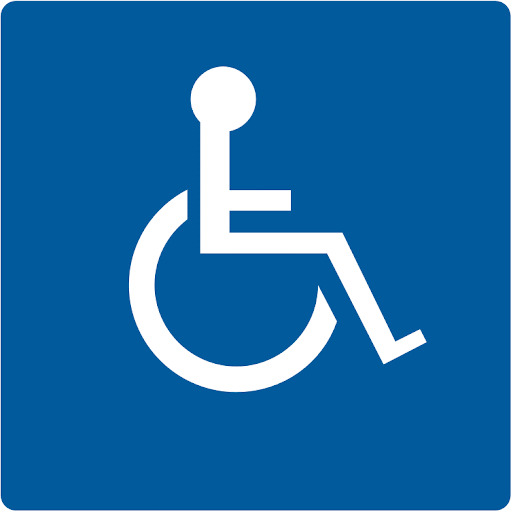SenseIT
4/1/2022
Infrastructural Accessibility Standards – A Prelude to Digital Accessibility

If you missed the first post in this series, we discussed theories of disability and how they show the way society relates to people with disabilities, both historically and currently.
A Social Justice
Building on theories based on a societal model of disability, it’s no surprise that, following broader historical events in the 1960s and 70s, American society would begin to see it as an obligation to protect the people with disabilities in their midst. Accessibility standards began being codified into law as infrastructural accessibility standards, in fitting with the analog-dominant world of the time, and they would later spill over into the digital world. This is the history of our collective journey to inclusivity.
The Rehabilitation Act of 1973
Though there had been steps taken by individual organizations before it, the Rehabilitation Act of 1973 was the first official protection for people with disabilities written into law in the United States. At the time, there were two main parts, but it has since been amended to include two more.
Section 502 requires that accessibility standards be met for buildings, roads, transport networks, public spaces, and other public infrastructures that made use of federal funds. It created what is known today as the Access Board to ensure Federal agency compliance with these legal requirements and to propose solutions to the environmental barriers addressed in the law.
Section 504 stated that discriminating against people with physical disabilities in any initiatives or programs sponsored by public funds was illegal. Later amendments, sections 508 and 510, came as needed, and these would include technology and expand on the definition of public space (more on that later, though).
Between 1973 and 1990, other laws were passed that built on the same idea: Public Law 94-142 mandated that all public schools in the US establish special education services, including program monitoring, educational accessibility compliance audits for children with physical and mental disabilities; in 1988, the Federal government provided grants to states to develop programs to promote accessibility to assistive technologies for disabled citizens. Things were progressing slowly, and in accordance with the technology available at the time, which was lacking, by our current standards.
The Americans With Disabilities Act
Prior to 1990, advancements to accessibility were made on an opt-in basis by states seeking federal grant money. But in 1990, the Americans With Disabilities Act (ADA) became law with the purpose of ensuring that people with disabilities have the same rights and opportunities as everyone else. It prohibits discrimination on the basis of disability in all areas of public life and all private spaces that are open to the general public.

The ADA is divided into five sections, known as titles, which all cover different aspects of public life. Title I covers employment and is regulated by the U.S. Equal Employment Opportunity Commission. Title II regulates public services through the state and local government and is enforced by the U.S. Department of Justice. Title III is about public accommodations and services rendered by private entities; it defines what is considered a public accommodation and sets minimum accessibility standards for them to meet. This would later include the internet, but being 1990, they weren’t thinking about the internet in that way yet. Title III is also enforced by the U.S. Department of Justice. Title IV deals with telecommunications and is regulated by the Federal Communication Commission. Title V contains miscellaneous provisions, mostly relating to the ADA as a whole and provides a list of things not considered disabilities and therefore not covered under the law.
Standards to Uphold
The Rehabilitation Act and the ADA are the two main laws that deal with accessibility standards. As technology advanced during the nineties, so too did the requirements set forth in the above laws, and the earliest digital accessibility amendment would be passed in 1998.
These laws all relate to the public versus private domain, and how we see that divide as a society influences the sense of responsibility we feel for each other. We perceive mutual accountability in the public domain, and so we instate accessibility standards for people with disabilities. The internet, and the digital world at large, blurs the lines between public and private, and so it becomes easy to forget to take care of each other in that setting.
Our next post will cover the advent of those digital accessibility standards and how they have come to shape what we know today, but it’s important to understand that the concept of digital accessibility would not exist without infrastructural accessibility preceding it. We value inclusivity, but we don’t necessarily know what it looks like in practice. That’s why we need these laws to mandate it for us and why we need accessibility experts to enact them for us.
This may also interest you

SenseIT
What You Need to Know About Global Accessibility Awareness Day (GAAD)
5/9/2022

SenseIT
What’s With All These Acronyms?
8/19/2022

SenseIT
Universal Design – Approaching Accessibility as A Universal Issue
11/13/2022



